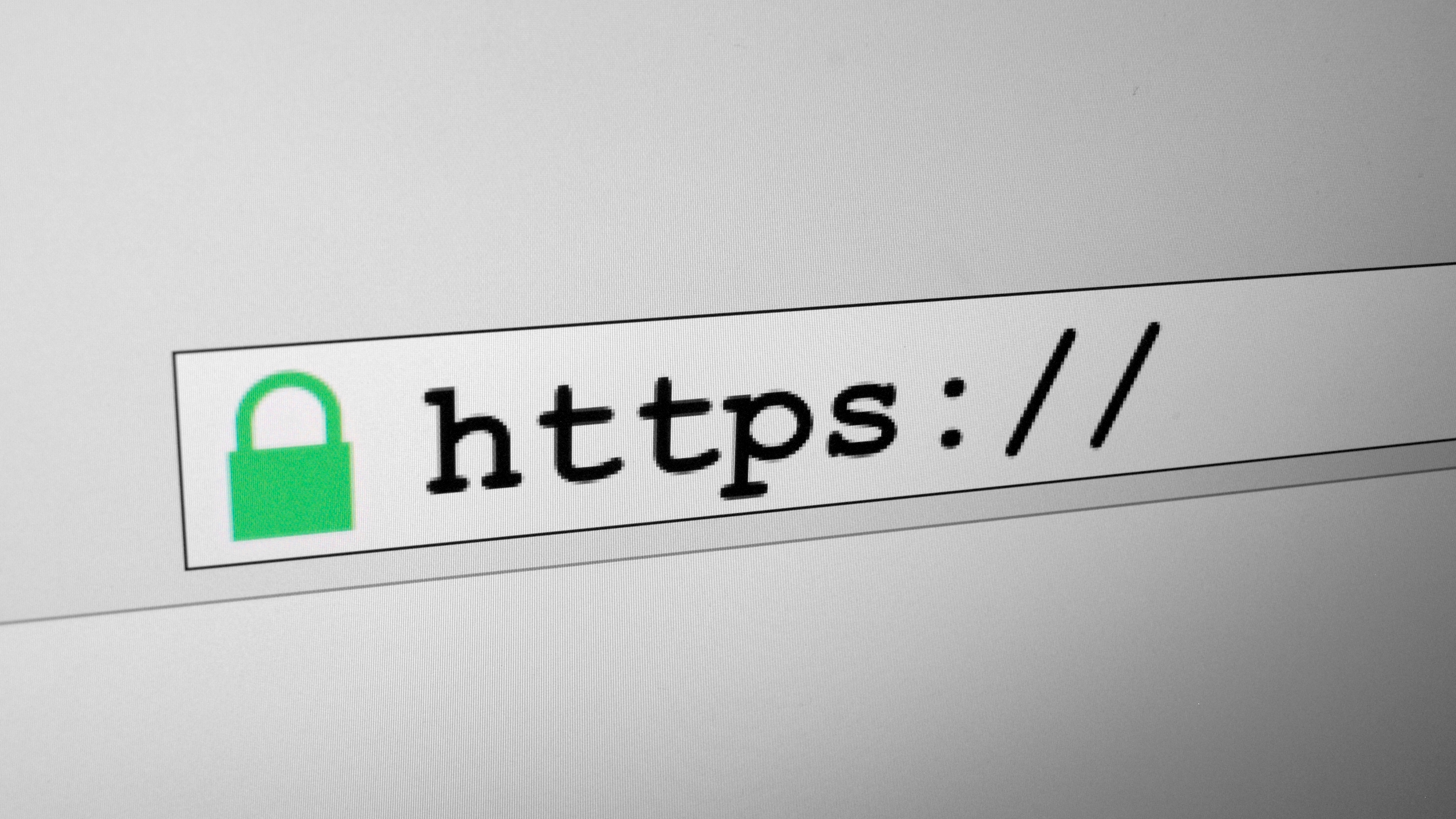Four things to think about when considering domain names
Finding the right domain name can make all the difference for your site

Today, new businesses often have a digital presence before they have a physical one, and creating that digital presence begins with choosing a domain name.
This process is worth more consideration than most people give it, because the wrong domain name can be a significant barrier to the success of a business.
Here are four things to consider when choosing your domain name.
- How to choose a domain name for your website
- Google to launch .dev domains
- Cloudflare launches new cut-price domain registrar
1. Are legacy Top Level Domains (like .com) still a winning strategy?
For most of the history of the internet, businesses could use three primary Top Level Domains (TLDs). You know these as .com, .net, and .org (plus maybe .edu, .gov, and .mil). These are still far and away the most common names, but you may have noticed other extensions popping up. You can now use everything from .tv – the country code TLD for Tuvalu – to .horse – a generic TLD that was approved by ICANN in 2014. (Fun fact: Tuvalu made so much money from licensing .TV domains that it was finally able to join the United Nations.) .io has also seen tremendous adoption recently.
New TLDs come with advantages, but you’ll need to be wary of the tradeoffs. On the one hand, using a unique or funny TLD is a sure way to attract attention. Newer TLDs also tend to be on the cheaper side – you could be the proud owner of many .life domains for just $2.99 per year. On the other hand, content from sites with newer TLDs is seen by 70 percent of users to be less trustworthy or authoritative. If your business deals in the delivery of factual information, it’s probably best to go with a time-tested TLD.

2. How do you prevent typosquatting and other domain name shenanigans?
A .com TLD might land you on the website for a legitimate business. Accidentally dropping the ‘o’ in .com could land you on a malware site. Note the one-letter difference. Thirty-six percent of sites with a .cm TLD are designed to serve up malware, preying on people whose only crime was to make a typo. Not only do these sites harm visitors, they also steal your traffic and de-legitimize your brand. How do you stop them?
Your first step is prevention. Many domain names are cheap, so it makes sense to buy the commonly misspelled variants of your domain name before scammers can get to them first. You can then harvest the traffic from your misspelled domain names with a 301 redirect. Alternatively, you can play up the misspelling for laughs – a company called Compare the Market developed a completely new homepage around a domain called Compare the Meerkat.
Are you a pro? Subscribe to our newsletter
Sign up to the TechRadar Pro newsletter to get all the top news, opinion, features and guidance your business needs to succeed!
If you find that a scammer or “typo squatter” has beaten you to the punch, you can often turn to ICANN for redress. The governing body of the internet has a thorough arbitration process that can help you seize control of a domain (in certain situations) that another malicious party has purchased in bad faith.
3. How do domain redirects play a role in your strategy?
We already mentioned using a 301 redirect to move traffic from misspellings of your site over to your primary site, allowing you to capture traffic that may have otherwise gone to competitors. As it turns out, there are more ways that domain redirects can benefit your business.
Let’s say that you want to expand your audience. You can find websites that are related to your site and see what kind of traffic they’re getting. If their owners are amenable, you can buy those domains and then redirect them to your homepage, harvesting their traffic. Alternatively, you can maintain their communities and link to your homepage via anchor texts.
This tactic used to be a bit taboo – studies showed that it could result in a 15 percent loss of PageRank – but rule changes in 2016 mean that 301 redirects no longer affect PageRank at all. Be warned, however, bulk homepage redirects and irrelevant redirects will still affect your rankings.

4. How many domain variations should you consider?
You already know it’s a good idea to have variations of your domain name in order to thwart domain squatters and pull in traffic, but how many variations are enough?
There are two more usages of domain name variations that we didn’t cover. The first variation involves special offers. Special offers are a great way to drive traffic, and they’re easy to implement using domain name variations. If you’re running a Black Friday sale, for example, you could create a domain like mybusinessname.blackfriday, which could contain a special offer or simply forward users to a special landing page on your primary website.
In addition, you could plan ahead and find a location-specific variant of your domain name. If you think that one day you may be selling products to customers in Latin America, you may want to register country code TLDs (ccTLDs) like mybusinessname.ar, .co, and .mx.
Choosing a new domain name can be harrowing, but the strategies described above help give you the tools to reach new markets and eliminate factors that hinder your growth. When you’re just starting out your business, you might think that the name you choose for your website is written in stone. Turns out, it’s anything but. When you choose a strategy that includes multiple domain names, you’re opening up multiple avenues to success.
Kathy Brahm, Vice President of Consumer Hosting at DreamHost
- We've also highlighted the best web hosting and the best domain name registrars
Kathy Brahm is the Vice President of Consumer Hosting at DreamHost. She is an experienced results driven marketing professional
